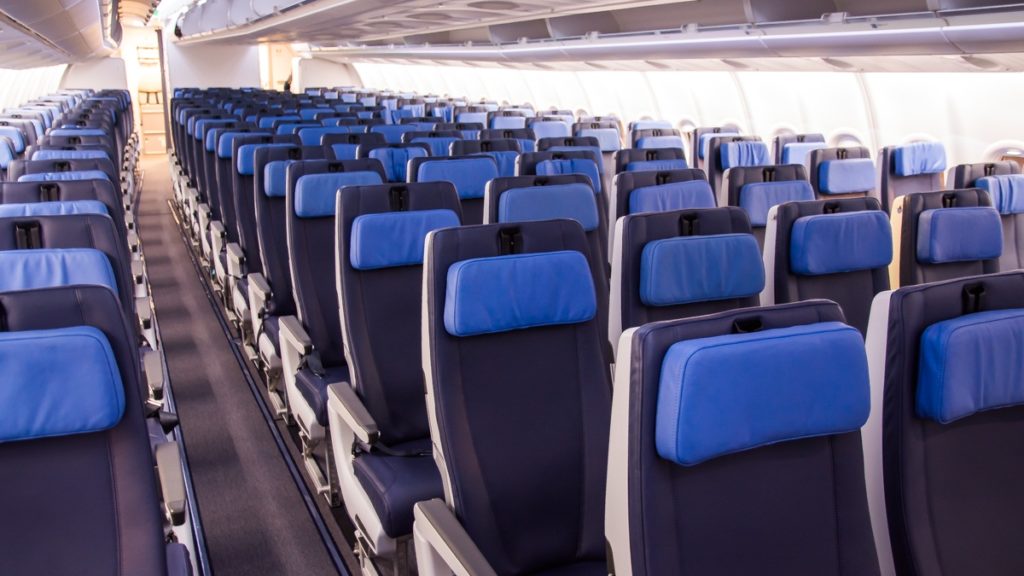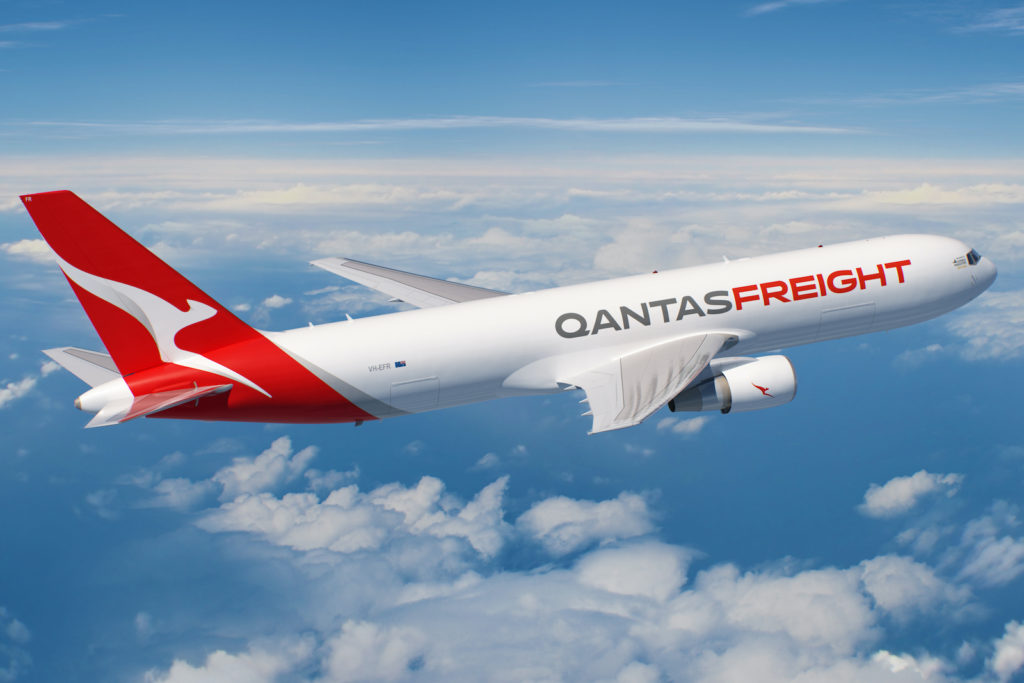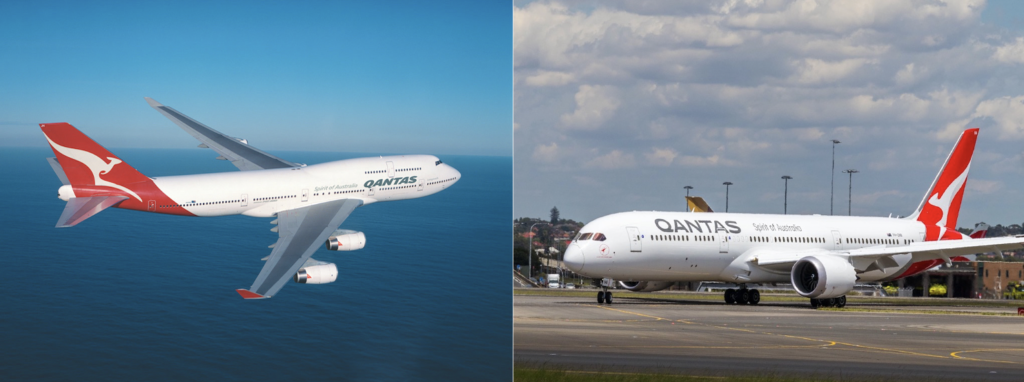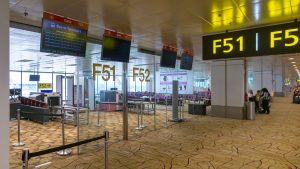Can the transport industry learn from the Spanish flu?

What we'll be covering
This article originally appeared on AirlineGeeks.
As the airline industry grapples with the health and economic consequences of COVID-19, one might be tempted to look at how the world managed and recovered from the world’s last major pandemic, the Spanish flu of 1918.
The Spanish flu infected about 500 million people worldwide and claimed around 50 million lives, including about 15,000 Australians, or about 0.28% of Australia’s population and 675,000 Americans, representing about 0.67% of America’s population. In comparison, the current pandemic has affected 28 million and resulted in 900,000 deaths worldwide to date.
While time will tell whether COVID-19 will outpace the Spanish Flu in lives impacted, it is clear both are major pandemics and worthy of studying the economic impacts caused by them.
Economic experts in the U.S. are expecting a Gross Domestic Product (GDP) drop of 20-30% and a 15% unemployment rate for the U.S. in the first half of the year. But interesting enough, the pandemic’s impact in 1918 was not nearly as severe. Curiously the economy grew, predominantly due to the war-time economy of World War I prevalent at the time.
But some economic sectors were impacted by government policies put in place to stem the pandemic spread. Much like today, social distancing laws were implemented.
For instance, in 1918 the Commercial and Financial Chronicle, a leading business news outlet at that time, reported, “In Boston, the question of closing the churches is being discussed as a means of checking the epidemic. In Pennsylvania, all places of public amusement, schools, churches and all saloons have been ordered closed until further notice.” Dr. Rupert Blue, the then-Surgeon General of the US, explicitly deemed these closings “the only way to stop the spread of the virus”. As it is today, limiting social interaction was also the key mechanism to slow down contagion more than a century ago.
Given these policies, one wonders what impact did this have on the travel economy of the day? And how quickly did it recover?
Travel in 1918 looked very different than it does today. There were obviously no major airlines in the world yet, aviation was in its infancy, barely a decade after the Wright’s famous flight. There were no Hilton or Marriott hotels sprinkled around the landscape. Most long-distance travel in the early 20th century was done by railroads or steamer ships. And the size and scale of the travel industry looked very different compared to today.
Trade and census data shows the impact to be surprisingly light. The 1918 war effort that most countries like the U.S. were dealing with drove huge demand for freight and cargo shipments to support and supply troops. While there is no war effort being supported today, data does show cargo/freight transportation has stayed strong and the pandemic itself has caused a bump in cargo traffic.

Passenger movement data for the railways in the U.S. showed slight growth in both the number of passengers carried and the miles travelled. It is unclear as to why this is but some suspect travel was again related to the war and essential business efforts and not recreational in nature.
Many are wondering when the airline industry will recover to its pre-pandemic days of high load factors, network growth, and general prosperity. One thing is clear, the current business model of blocked seats and Herculean disinfectant efforts is not sustainable. For it to be so, airfares will have to increase or other cost items will have to be reduced. Or both.
One thing that is very different today is air travel has opened travel to the masses in a cost-effective way. Business and recreational travel are affordable to many more today that was in 1918. Some sectors of aviation have benefited from it even today. Business jet aircraft are profiting from charter operations with new customers wanting to get away from their locked-down lives. Many are turning to charter flights where commercial airline lift is not available.
The airlines have many customers at the ready, waiting for their wallets to be replenished, the world to reopen, and the airlines to take them where they want to go.
One thing is certain, I suspect airlines will not ever be the same and that may be a good thing. Crisis management brings ingenuity and clever ideas to the table in order to find ways to survive. Most airlines have lost huge numbers of employees. This will force management to seek creative solutions to the cost associated with the reduction of human capital. More technology? More work from home? Automation? Very likely options some airlines will look hard at.
We are seeing airlines discarding their inefficient and maintenance burdened aircraft in favour of newer profit friendly models. The unfortunate thinning of airlines who have not survived will drive their former passengers to seek alternatives.

So what does the Spanish Flu of 100 years ago teach us about the timing of the economic recovery of our current pandemic? Not much. The world was different politically and technologically then. But all agree, there will be a recovery and it may be as close as early 2021.
The end of 2020 will likely bring us several vaccine options for the virus. The impending U.S. political election will be decided. Relaxation of restrictions in both business and travel will occur. And these and other things will rest confidence and boost all business sectors, especially commercial aviation.
Is history repeating itself? In a sense, yes. Recovery will occur once again.
* Featured image courtesy of João Machado | AirlineGeeks.



Community